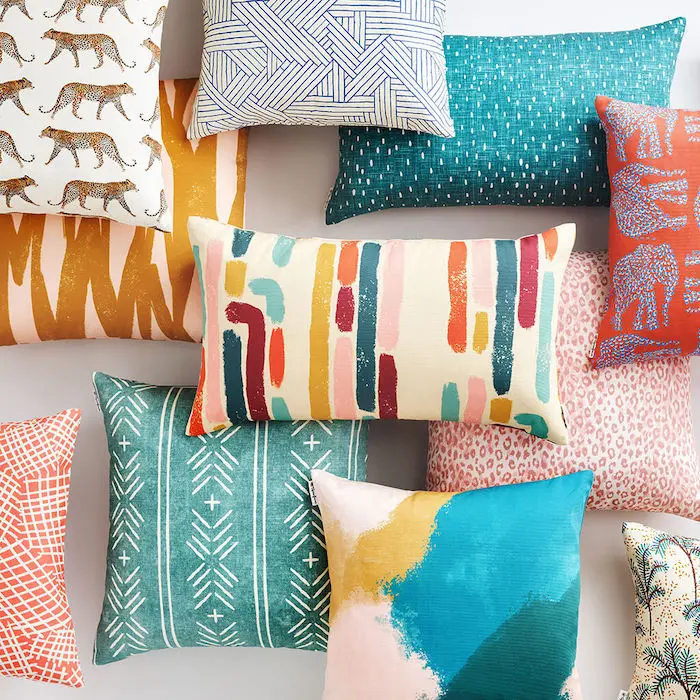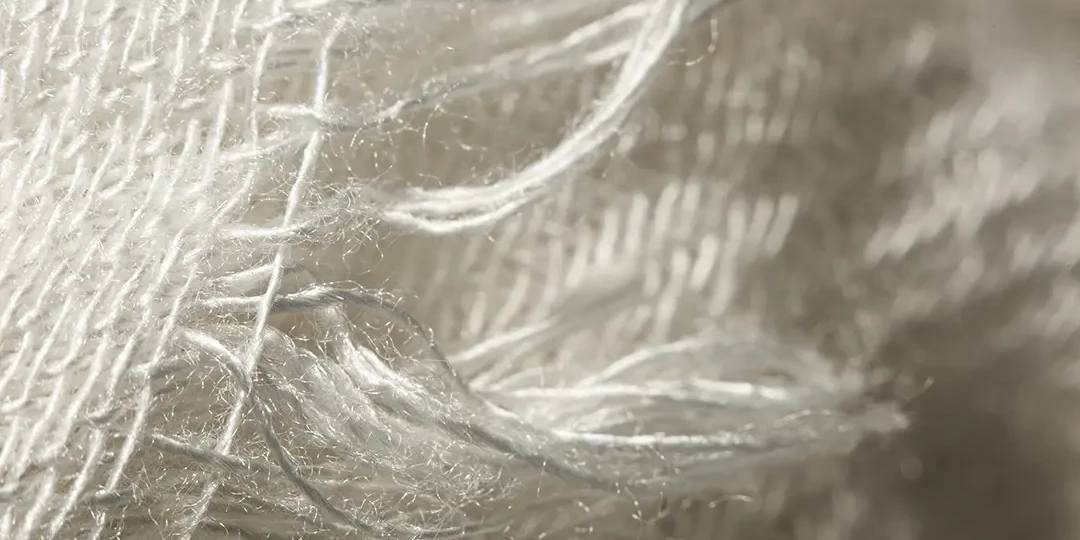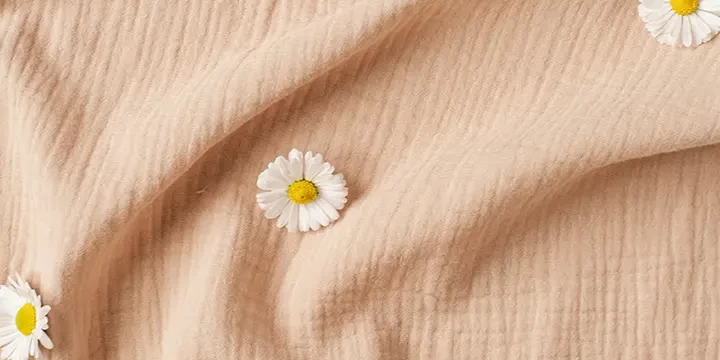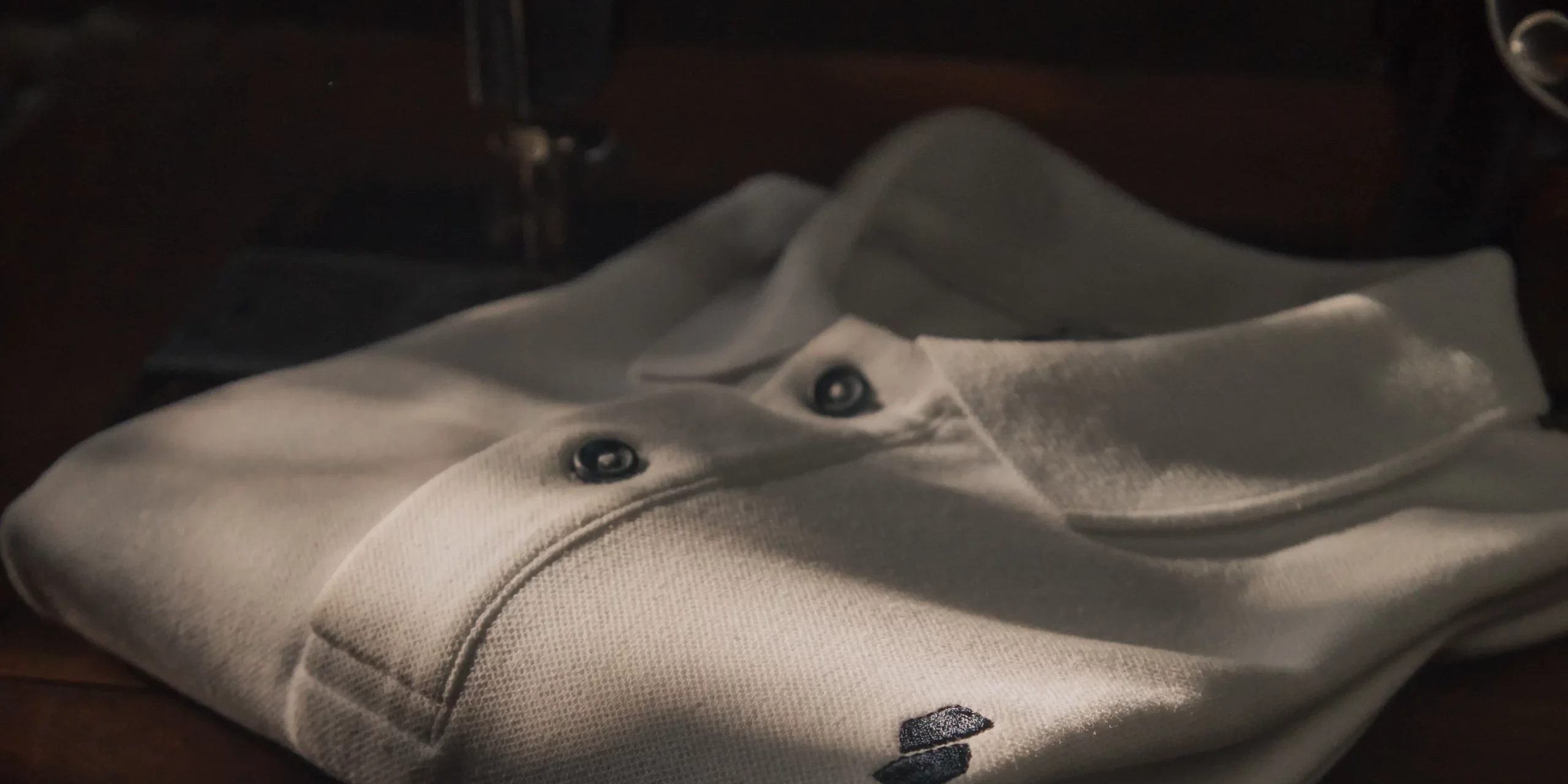Canvas Fabric: The Durable and Water-Resistant Material
Canvas is a woven fabric with many useful uses that benefit everyone from artists to bag designers to sailors and is noted for its strength and adaptability. Find out together with Davonne!
Table of Contents
ToggleWhat is canvas fabric?
Canvas is a plain-weave, heavy-duty fabric that is commonly desired for its water resistance. Originally popularized as a useful sailcloth material and an excellent painting medium, canvas has now made its way into applications as widespread as tent material, casual shoes, and designer handbags. Most canvas currently on the market contains cotton fibers, but traditionally, this fabric was made with hemp or linen.
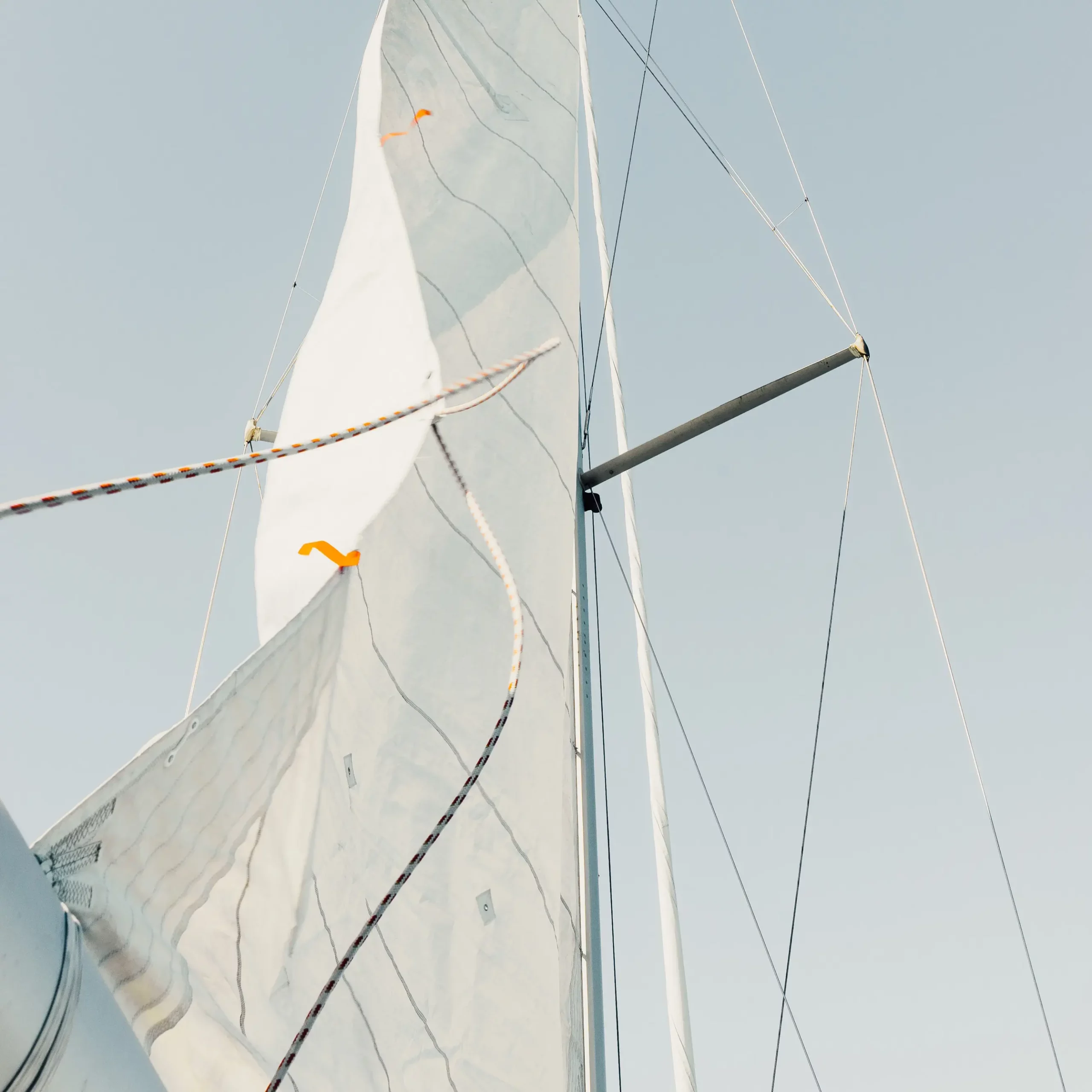
Canvas technical specifications
Canvas is made of thick yarn that is tightly woven in a straightforward plain-weave pattern, giving it strength and durability. Despite having a thickness and strength comparable to denim, canvas has a plain weave while denim has a twill weave.
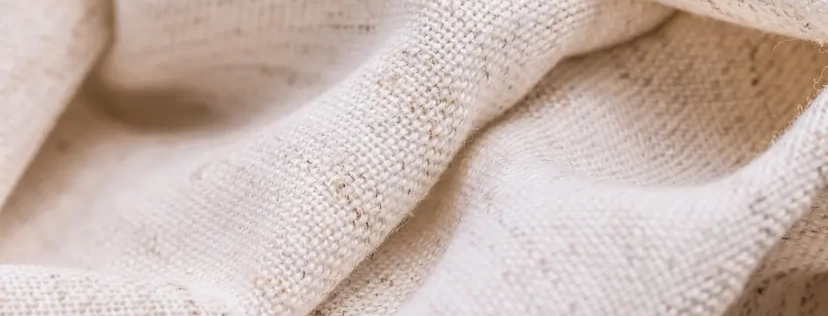
History of canvas
During the Renaissance, canvas became a common painting surface in Venice. Canvas was the ideal answer for artists who wanted to produce pieces of art that would withstand humidity. In fact, canvas was already widely used to make sailcloth and was a simple material to adapt for fine painting.
Over the years, canvas has become more widely used in outdoor products like tents and has remained a popular material for sailcloth. Canvas has just entered the fashion industry and is now frequently found in high-end purses, shoes, and apparel.
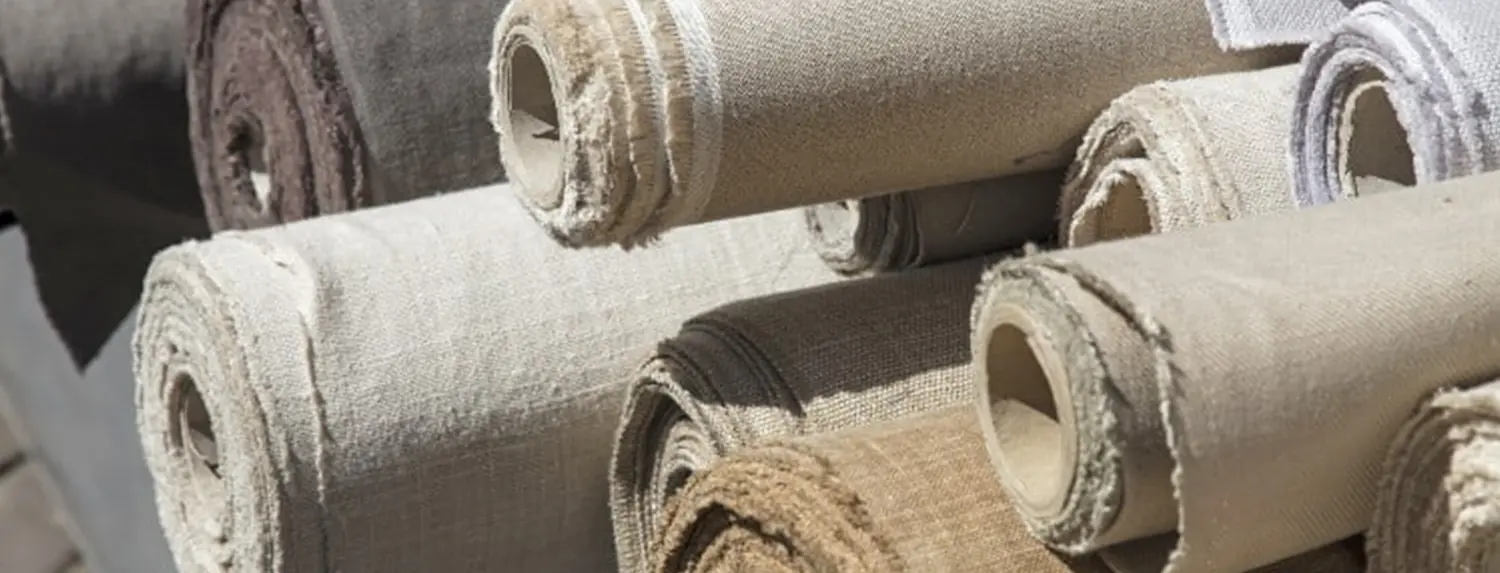
How Canvas Fabric is Made
Depending on how the fabric will be used, different steps are involved in its creation. The fundamental production procedures are the same whether it is manufactured from cotton, linen, or hemp. There are four basic steps in the production process:
Yarn production
Thick yarn is necessary for canvas, and it is typically produced from the plants’ coarser cotton, linen, or hemp fibers.
Weaving
The weft threads alternate over and under the warp threads of a plain-weave fabric like canvas.
Finishes
A layer of PVC may be added to the canvas’ exterior surface if it is meant for industrial use. The canvas may be bleached and given gesso treatment if it is intended for painting. While canvas used for tents, clothing, and other uses may be coloured, canvas used for sails is typically unbleached.
Painting canvas processes
When a canvas is meant to be painted, it is stretched around a wooden frame before being gessoed to create a flat, taut surface.
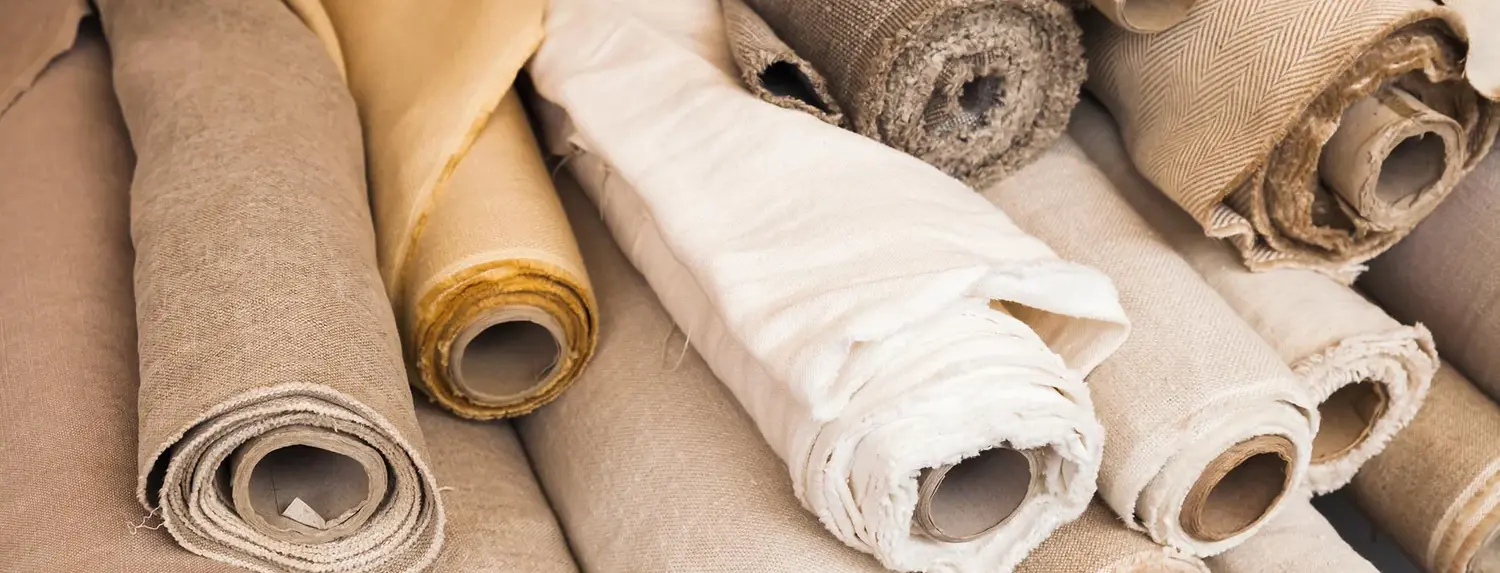
How is canvas fabric made?
The process used to make canvas fabric differs depending on the fabric’s intended purpose. Canvas fabric intended for painting goes through additional post-production processes. Despite the fact that textile manufacturers can make canvas from cotton, linen, or hemp, each of these fibers has similar attributes, so the basic production processes used to make canvas remain the same regardless of the selected fiber.
Yarn production
Canvas incorporates unusually thick yarn, and it is not usually necessary for this yarn to be very soft. For these reasons, textile manufacturers commonly use the rougher fibrous parts of the cotton, linen, and hemp plants to make canvas yarn. This yarn is usually carded instead of combed since softness is not a relevant factor.
Weaving
Canvas is a plain-weave fabric, which means that it consists of weft threads that alternate under and over warp threads. Some types of canvas have tighter weaves than others, but each type of canvas features a weave that is close enough to render the resulting fabric opaque.
Finishes
If woven canvas will be used for industrial applications, a layer of PVC is often applied to its outer surface. This step is optional, however, and all-natural forms of canvas exist that do not feature PVC or any other synthetic chemicals.
Painting canvas processes
If canvas will be used for painting, it is stretched around a wooden frame before gesso is applied. This stretching process ensures that the canvas forms a perfectly taut and flat painting surface. Expert canvas stretching also ensures that the warp and weft threads in the canvas form a perfect grid.
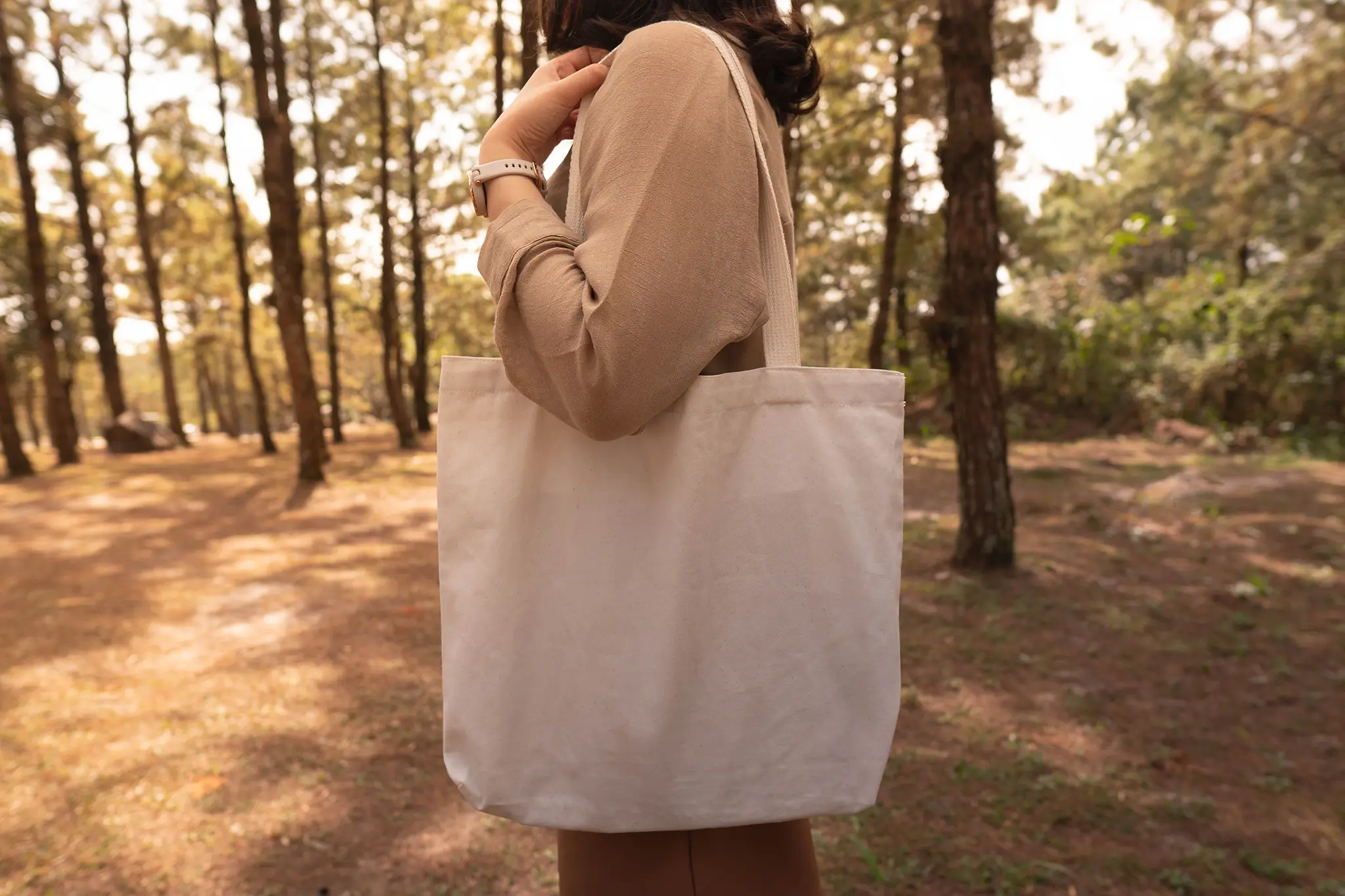
What different types of canvas fabric are there?
Canvas fabric is a versatile and durable material that is often used for a wide range of purposes, including art, clothing, and industrial applications. However, not all canvas fabrics are the same, and it’s important to understand the different subtypes available to choose the right one for your project. Here’s a guide to the five main types of canvas fabric:
Plain
Plain canvas has a rough hand and a loose weave with a thread count of 50–100. Due to its abrasiveness when in touch with skin, it is most suitable for industrial uses.
Duck
Duck canvas, a smoother substitute, has a thread count of 100 to 150 and a tighter weave. Despite having a soft hand, it still possesses the water-resistant qualities of conventional canvas, making it excellent for clothes and other skin-contacting products.
Cotton
Cotton fibers are used to create cotton canvas, which has a thread count of 100–150 and is the most popular type of canvas fabric. Although less durable, it is more elastic and softer than linen or hemp.
Linen
Linoleum canvas is coveted by painters because of its stiff durability. Although no longer frequently used for sails, it might survive longer than cotton canvas.
Hemp
The toughest kind of canvas is hemp canvas, which has a soft hand and is resistant to wear. Regulatory limitations, however, now limit its use.
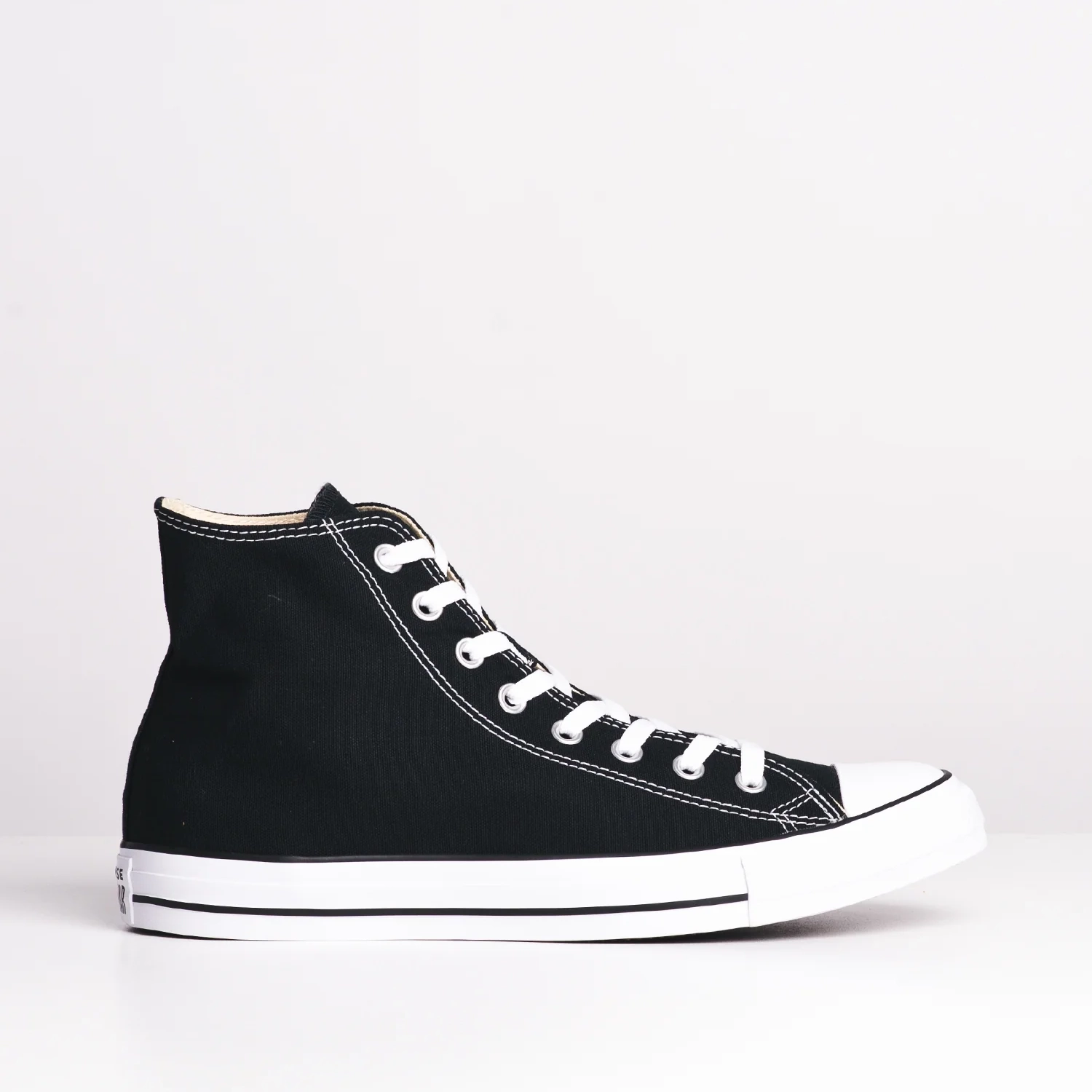
How Does Canvas Fabric Affect the Environment?
Canvas fabric is a popular material due to its durability and versatility, and its production often has a low impact on the environment. The primary ingredient in canvas is natural fibers such as cotton, linen, or hemp, making it an eco-friendly option.
However, the finishing material applied to canvas, known as gesso, can contain a mix of natural and synthetic ingredients. Some gesso products contain PVC, a fully synthetic material that can be harmful to the environment. The production of PVC releases toxic phthalates into the manufacturing environment, and if it is not disposed of properly, it can produce the pollutant dioxin. In addition, gesso may also contain rabbit-skin glue or synthetic alternatives, which raises ethical and environmental concerns.
In conclusion, while canvas fabric is a great option for those looking to reduce their environmental impact, it is important to be mindful of the gesso used and make an informed decision.
